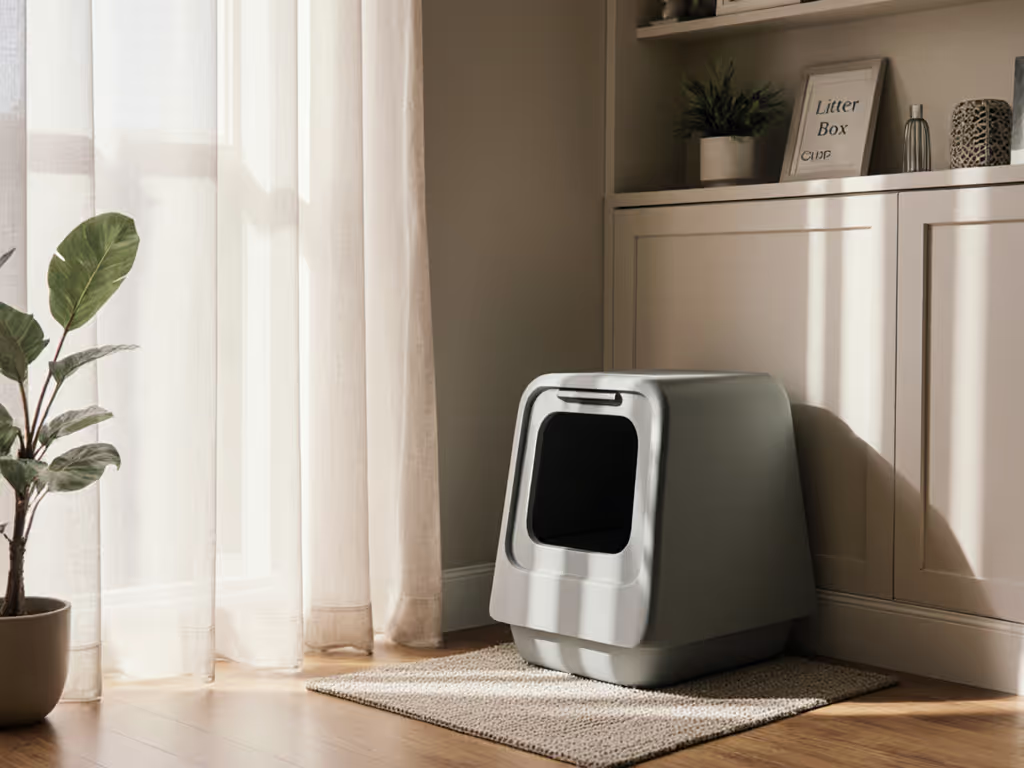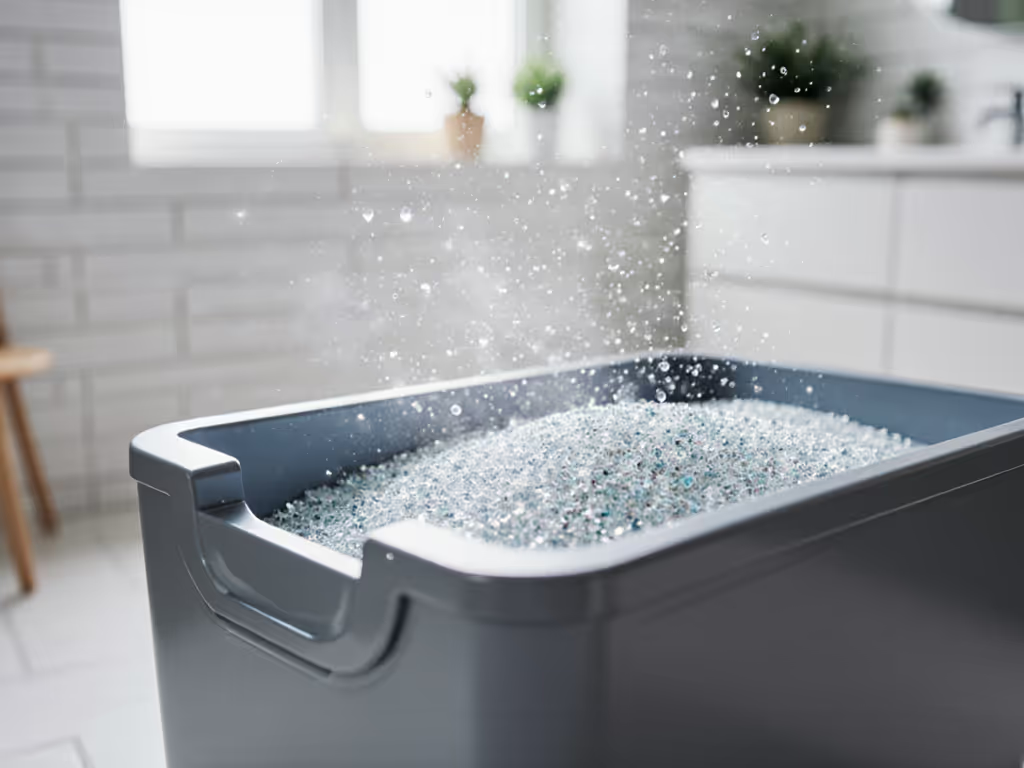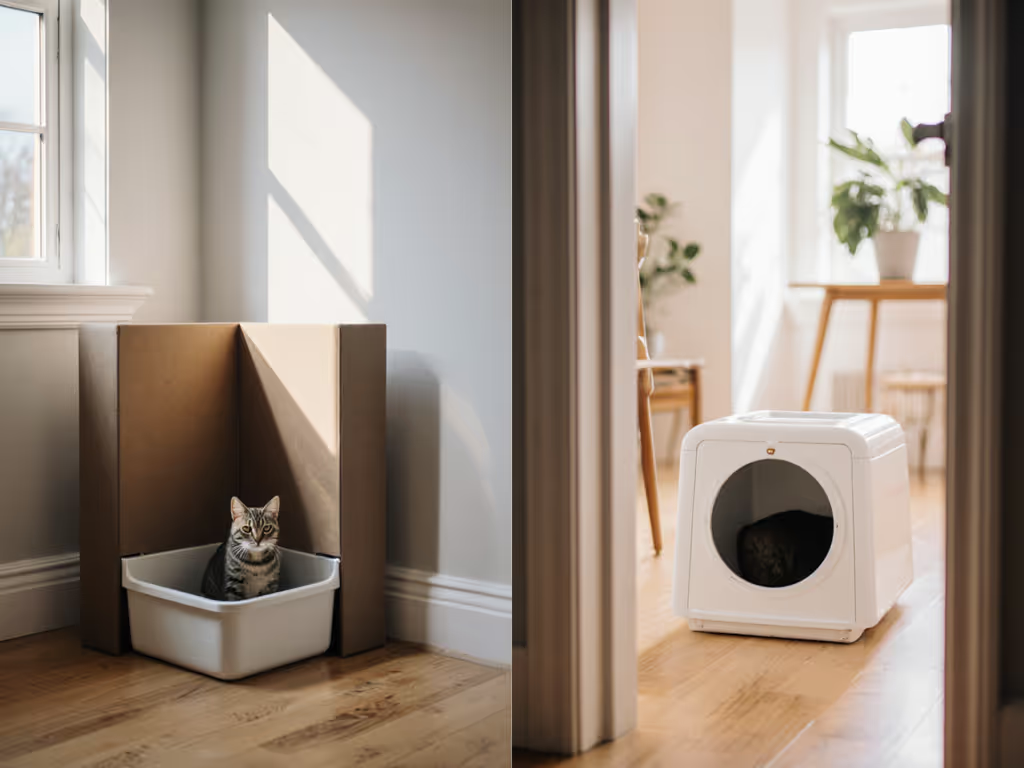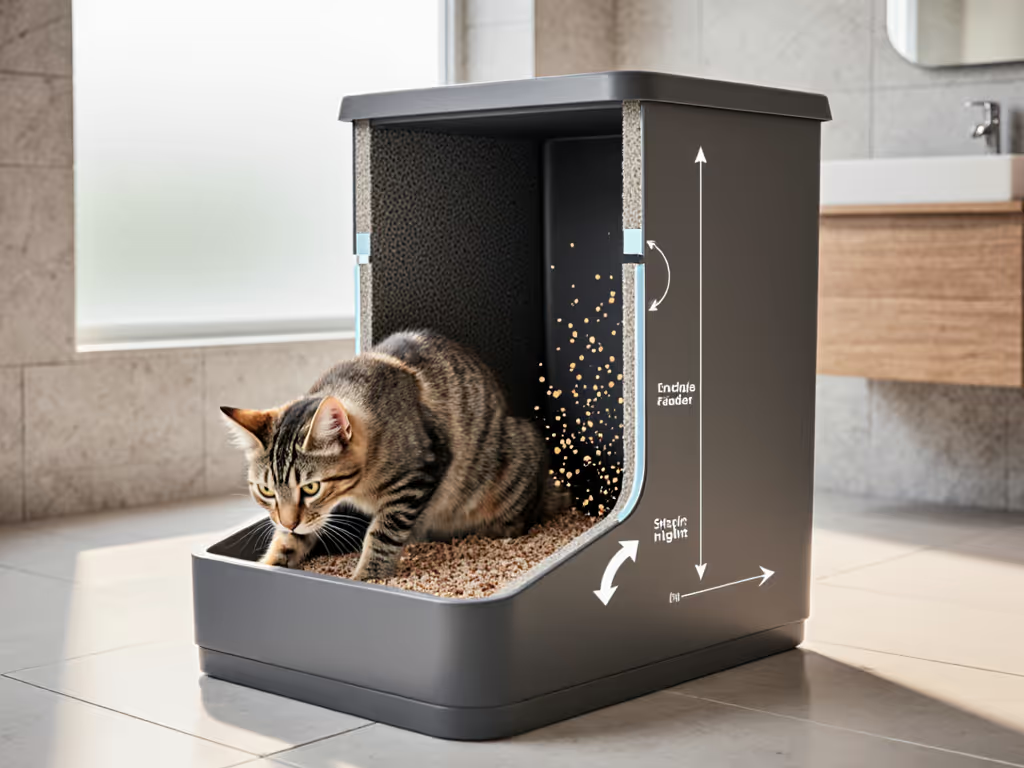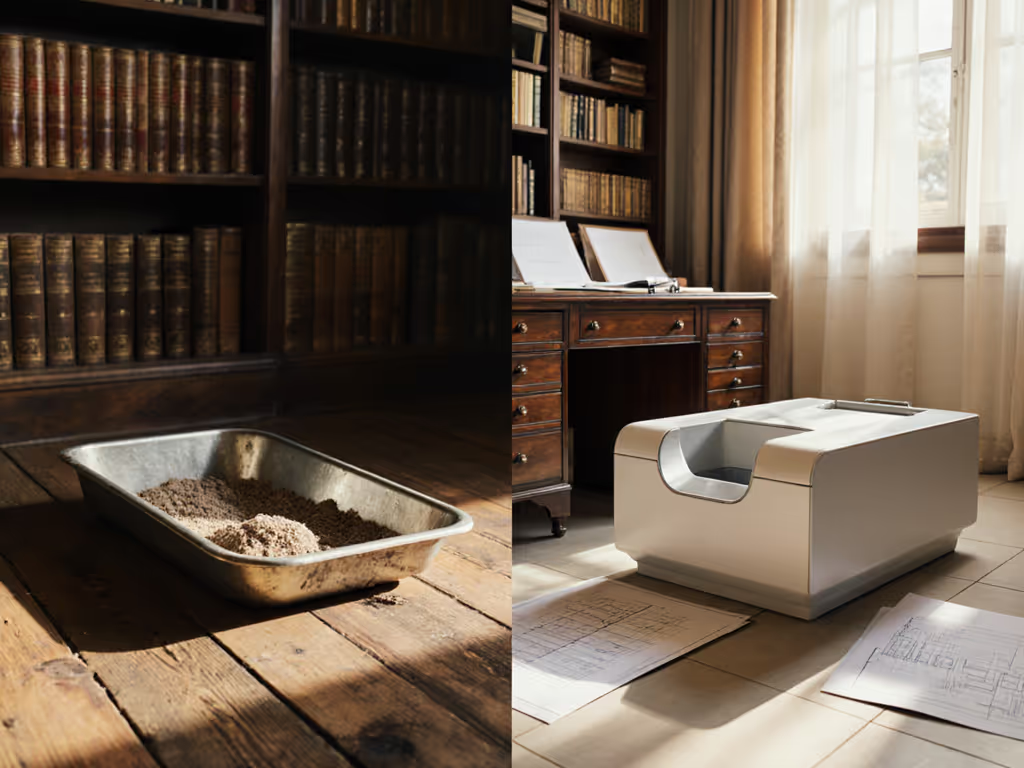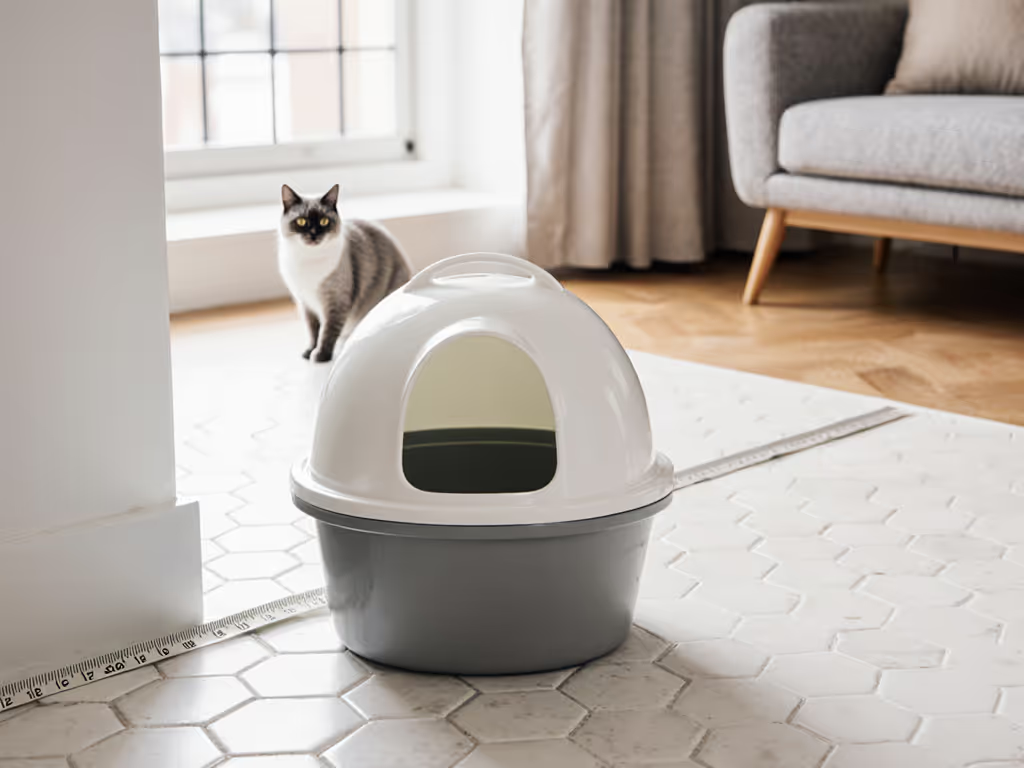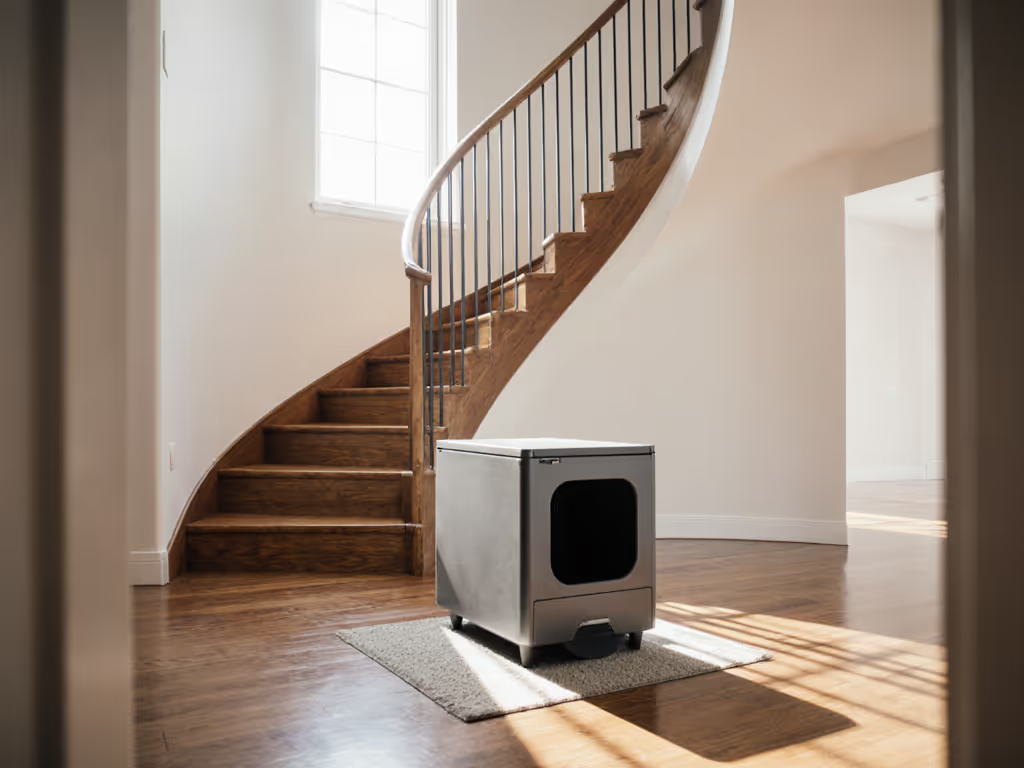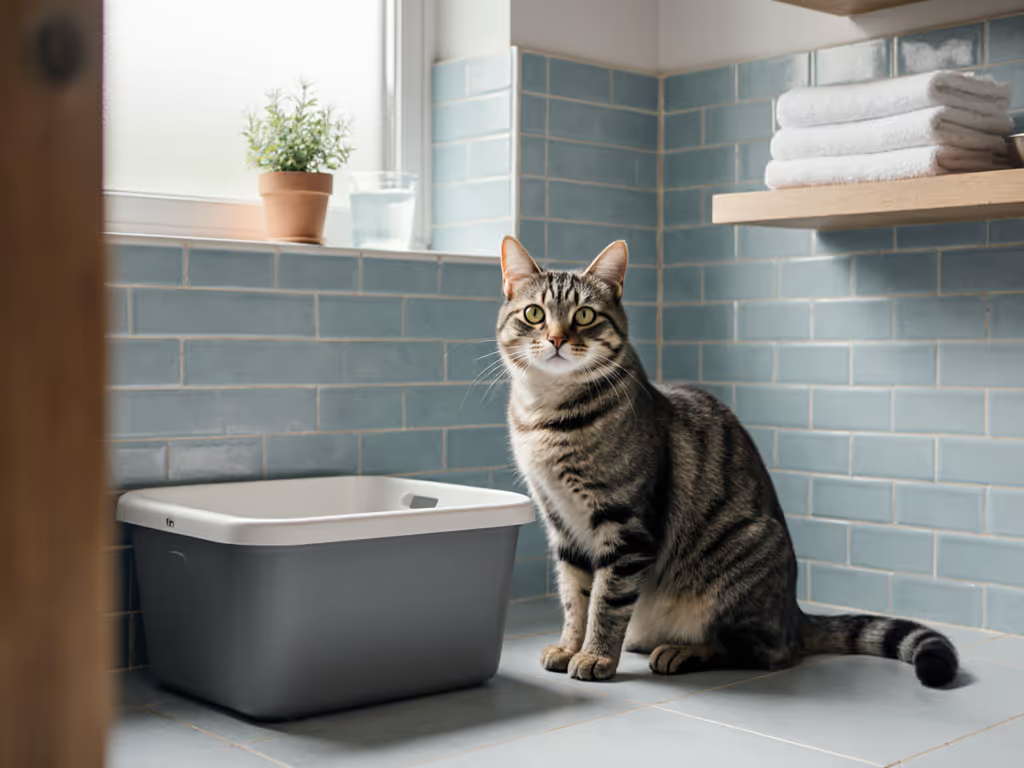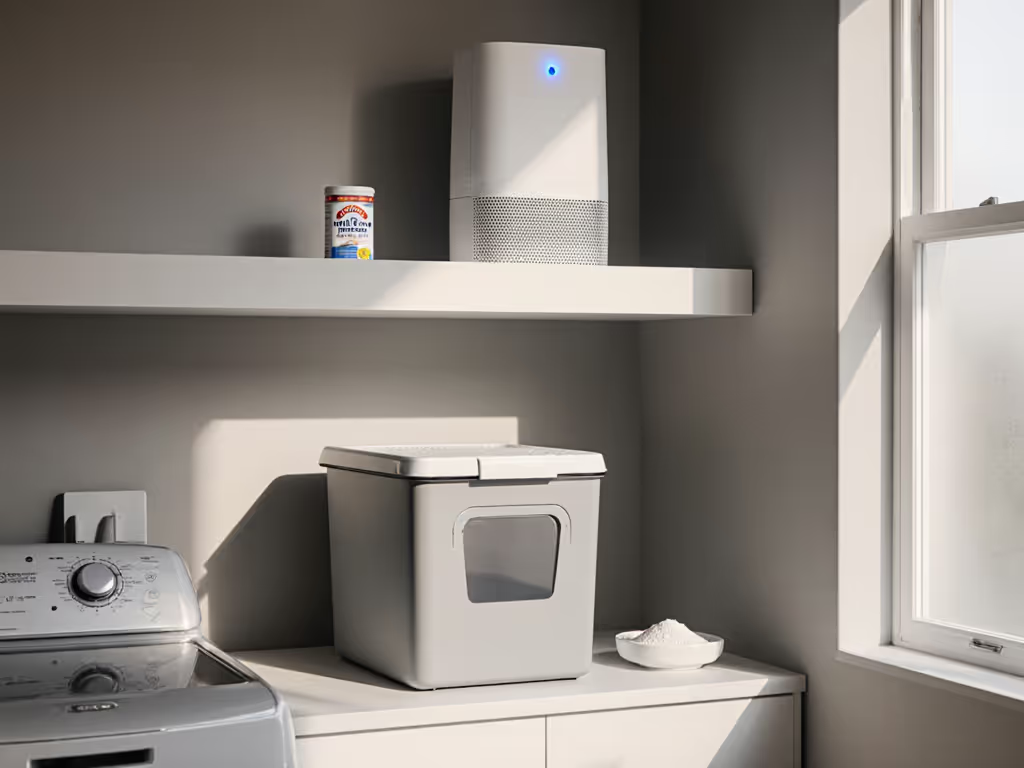
Most Popular
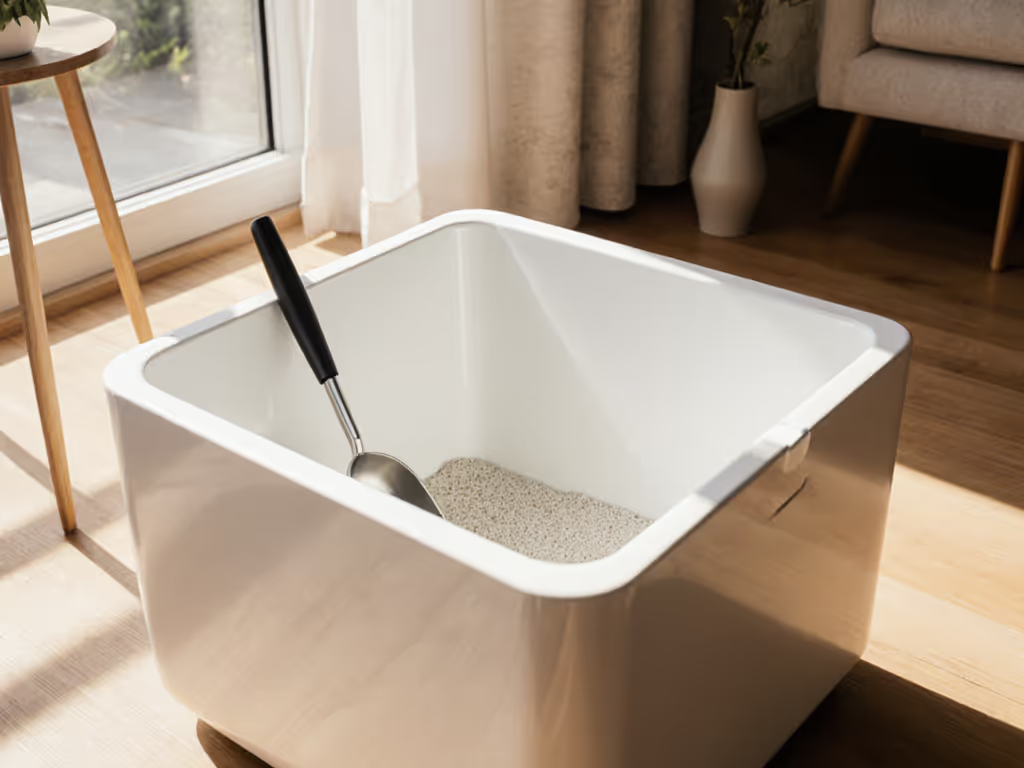
Cat Odor Control: How Often to Clean Litter Box Properly
Set a cleaning routine that truly controls odor using the science of ammonia buildup and litter capacity - tailored to your litter type, cat count, and box design. Start with twice-daily scooping and fine-tune using your cat’s acceptance and daily use rate, with practical cues for when covered boxes or automation actually help.

Covered Litter Box Odor: Data vs Myths
Apartment-tested data shows covered boxes slightly reduce room odor but can intensify gases inside, making placement and ventilation more important than the hood itself. Prioritize a larger box and deeper litter, scoop every 8 hours, add low vents if using a hood, and track ammonia to control smells without sacrificing your cat’s comfort.
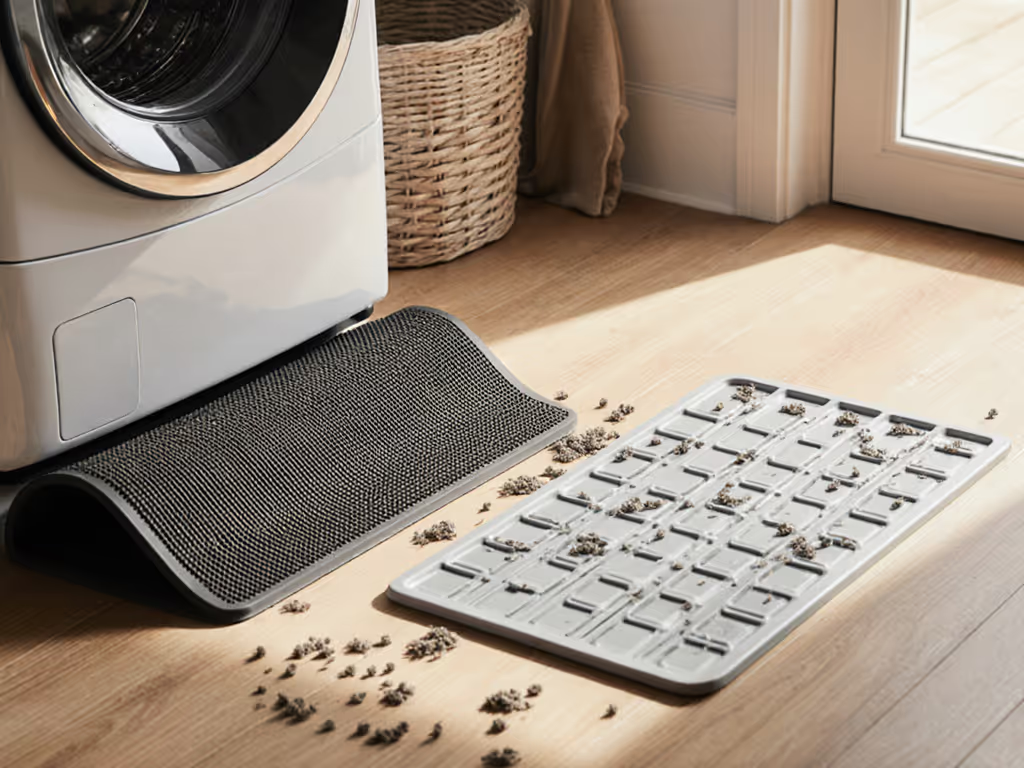
Litter Mat Materials Compared: Rubber vs Plastic Trap Test
Learn why rubber/EVA litter mats outpace rigid plastics in real-world, cat-acceptance tests - trapping more litter, cutting cleanup time, and costing less over the long haul - plus when plastic can still be a stopgap. Get simple at-home checks to pick a mat your cat will actually use.
